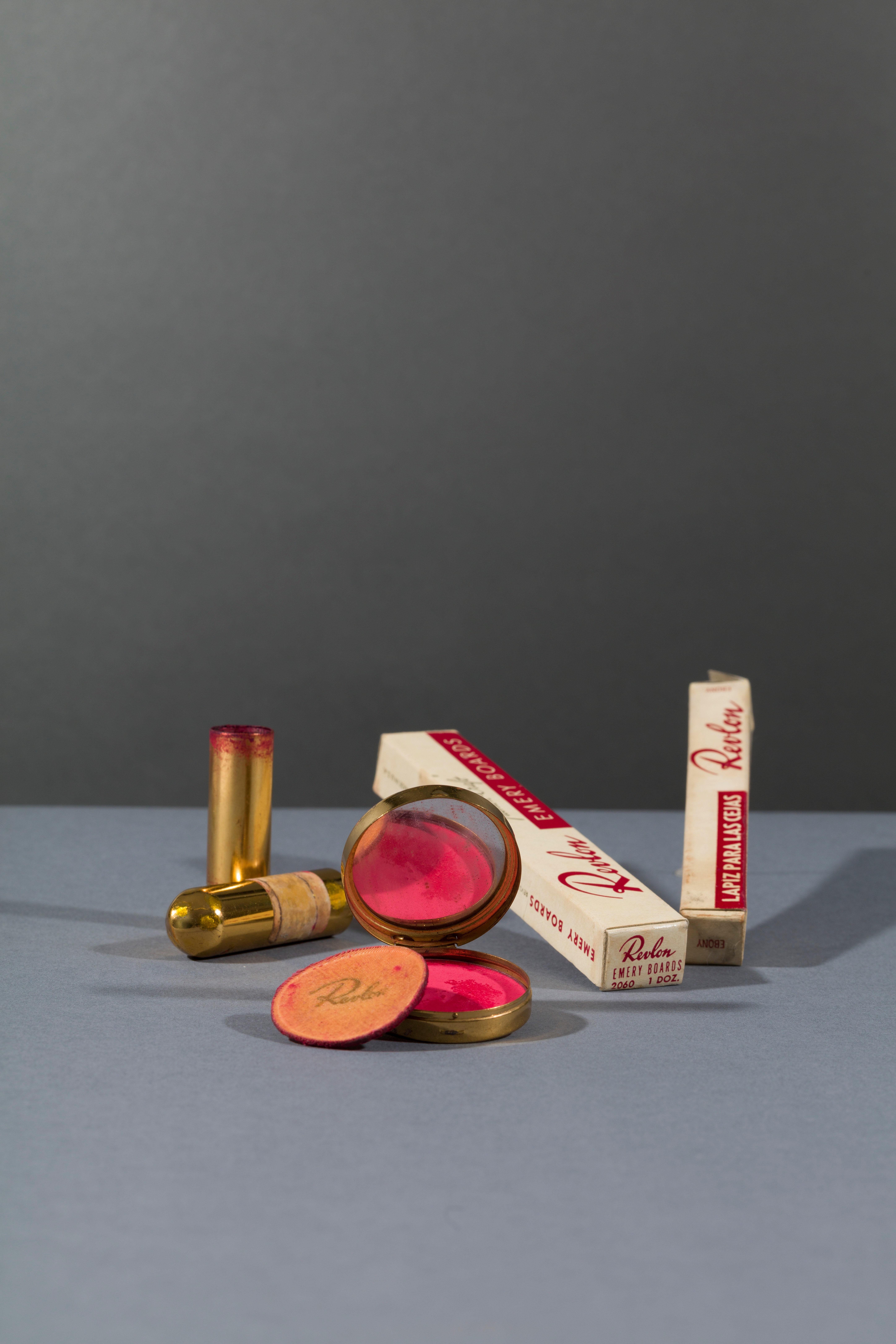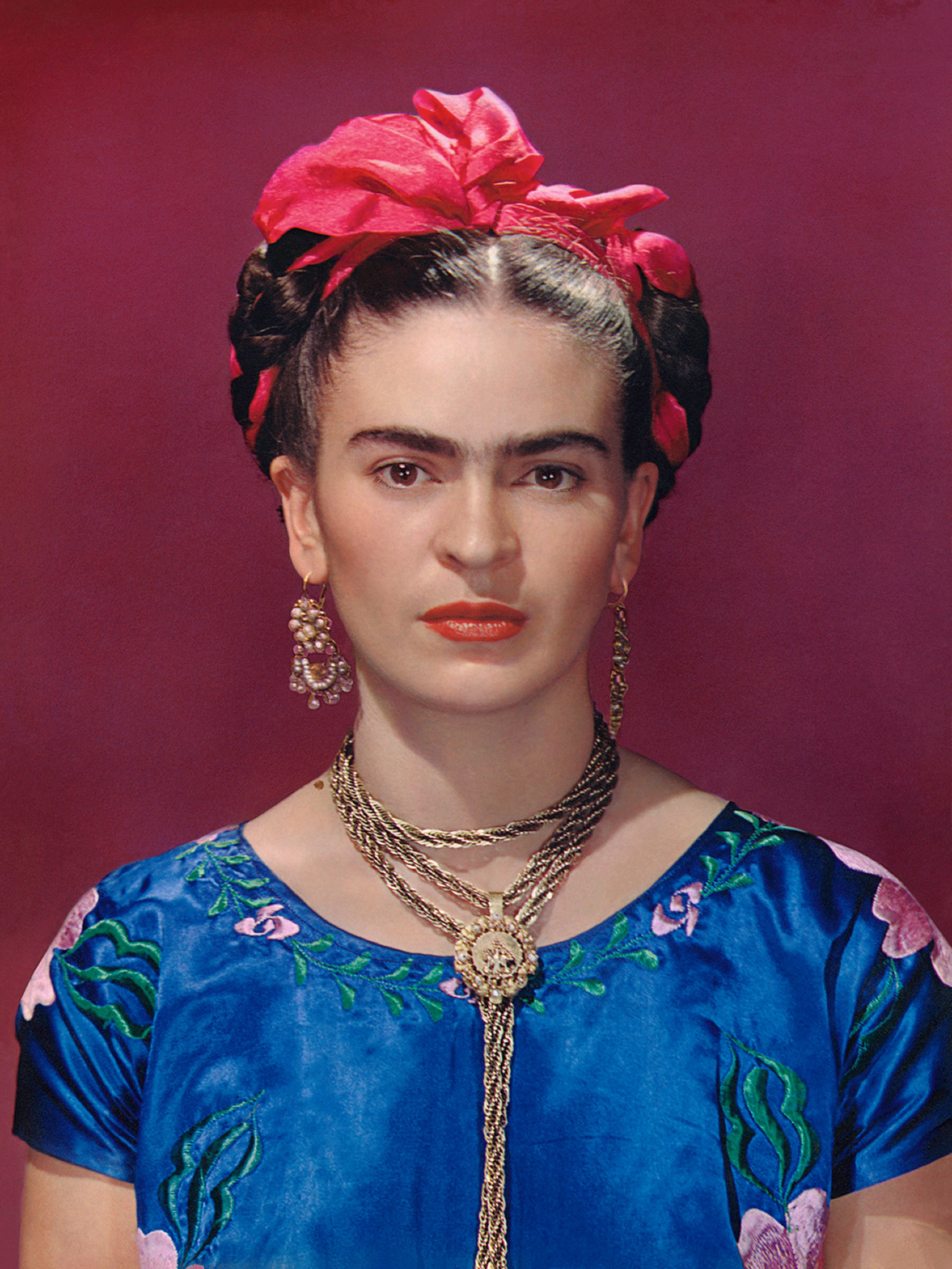Frida Kahlo’s eyebrow pencil among highlights of V&A show
The painter’s monobrow was a defining feature of her self-portraits.

Frida Kahlo’s eyebrow pencil – which she used to emphasise her signature monobrow – will go on show in a new exhibition on the Mexican artist, famous for her self-portraits.
The Victoria & Albert Museum (V&A) is opening its show on Kahlo, one of the most significant artists of the 20th century, this summer.
It will feature more than 200 objects, including outfits, letters, jewellery, cosmetics, medical corsets and medicines, which husband Diego Rivera locked away in her home, the Blue House, following Kahlo’s death at the age of 47 in 1954.
The objects, which Diego stipulated could be opened after 50 years, were unsealed in 2004 and have never been seen outside Mexico City.

The painter’s monobrow was a defining feature of her striking self-portraits.
Claire Wilcox, exhibition co-curator, told the Press Association that the show was timely in an age when the subject of women’s rights is once again at the fore.
She said that the focus on Kahlo’s wardrobe was important because her clothing was a “political statement” and she was “not a slave to fashion”.
“Frida Kahlo was assertive, independent, intelligent and she created this carefully constructed identity which was completely independent of fashion at the time,” Wilcox said.

“So, by dressing in traditional Mexican clothing, it was a political statement.”
She added: “Her clothing was constructed with great artistry, every morning, dressing up, putting fresh flowers in her hair. She even painted in those clothes.
“She was very conscious of her appearance but she constructed it from her own set of political and aesthetic values. She wasn’t a slave to fashion.
“Her cosmetics were a part of her colourful approach to life.”
She said: “She described her face as part masculine, part feminine. It wasn’t just her monobrow. She didn’t do anything with her moustache either. Her paintings exaggerated these facial aspects.
“She didn’t abide by conventional norms of beauty.”
Kahlo became bed-bound and immobilised after a near-fatal bus crash at the age of 18.
She began to paint using a mirror inset into the canopy of her four-poster bed.
Wilcox added: “Her make-up was a form of self-defence because she was heavily injured. She spent most of her life in really poor health following the accident.

The exhibition will also reimagine Kahlo’s home, the Blue House, on the outskirts of Mexico City, where she was born, lived with Rivera, and where she died.
It will also explore her marriage to muralist Rivera, who was 20 years her senior and “extremely famous” when they wed.
“They had a stormy, on and off relationship all their lives. But she held her own. It was turbulent,” Wilcox said.
The exhibition will also feature self-portraits and photographs as well as the corsets Kahlo painted with religious symbolism and imagery relating to her miscarriages.
Frida Kahlo: Making Her Self Up, sponsored by Grosvenor Britain and Ireland, runs at the V&A from June 16 to November 4.





